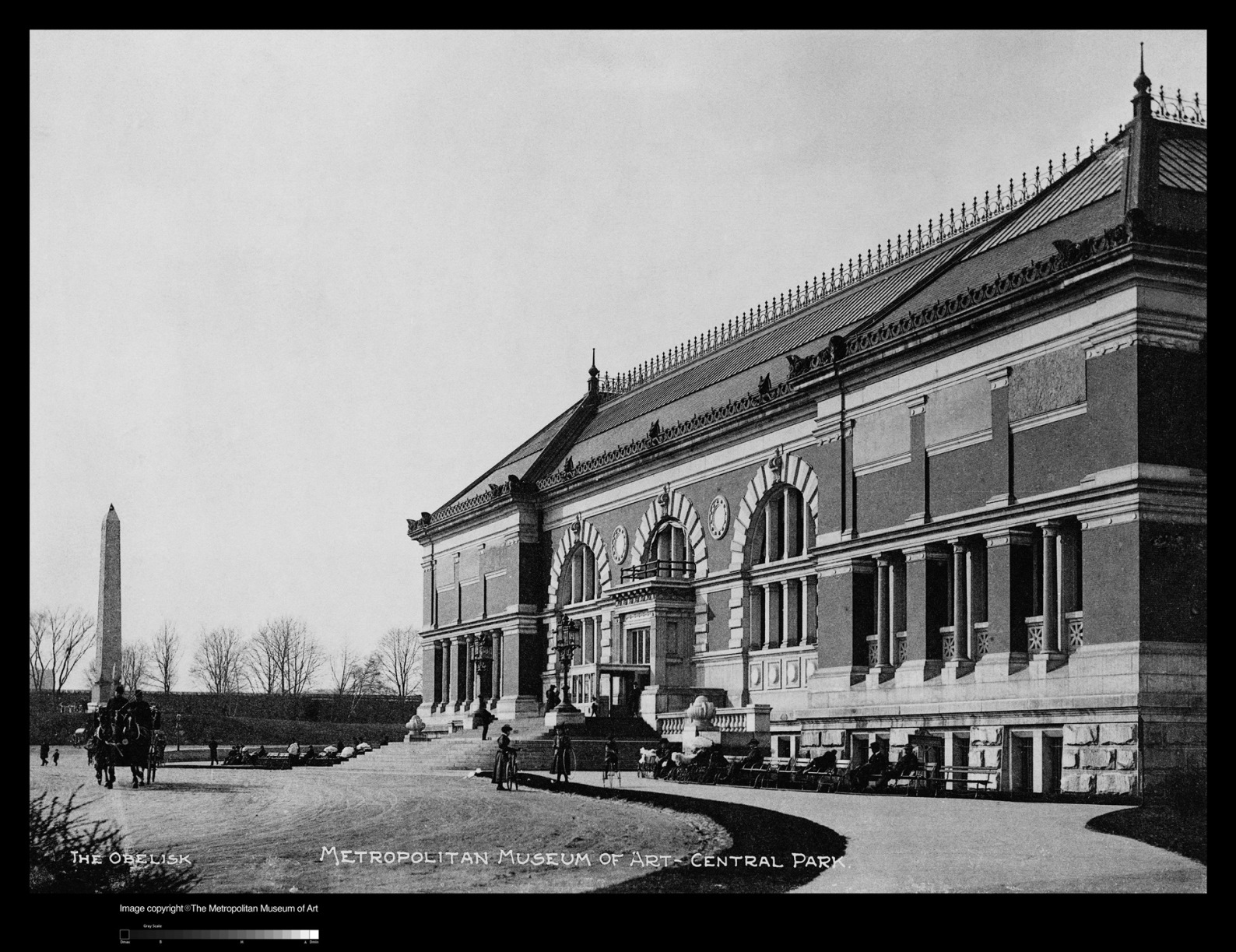
 NYC Cultural Affairs311
NYC Cultural Affairs311 Search all NYC.gov websites
Search all NYC.gov websites
History of Cultural Institutions Group

The history of the public-private partnership between the City and the members of the Cultural Institutions Group (CIG) dates back to 1869, when State legislation authorized the City to construct a facility for the new American Museum of Natural History, and provided use of the City-owned property to the private nonprofit organization that had been created to acquire the collection and oversee the presentation of exhibits and programs. This model of public-private partnership has evolved steadily since that time, taking on various forms at different periods in the City's history. State legislation authorized the City's relationship with many of the oldest members of the CIG, including the Metropolitan Museum of Art, the New York Botanical Garden, the Wildlife Conservation Society, and what was then known as the Brooklyn Institute of Arts and Sciences. The latter's component parts later became the Brooklyn Museum of Art, the Brooklyn Children's Museum, The Brooklyn Botanic Garden, and the Brooklyn Academy of Music.
As New York City's growth escalated during the second half of the twentieth century, the City began to focus on preservation of historic structures and notable buildings as a way to enrich the City's cultural offerings. In Queens, four institutions were chartered by the State and City governments to continue operating facilities built for the 1964 World's Fair in Flushing Meadows/Corona Park: the Queens Museum of Art, the Queens Botanical Garden, the New York Hall of Science, and what later became known as Queens Theater in the Park. The goal of historic preservation also prompted the City's provision of support for Richmond Town, a collection of historic houses located on City land and operated by the Staten Island Historical Society, and the Snug Harbor Cultural Center, a complex of historic buildings which also houses the Staten Island Children's Museum, the Staten Island Museum.
The number of CIG members increased dramatically in the 1960s and 1970s, as the City recognized that its increasingly diverse population required a diverse and dynamic pool of institutions to serve it. Primarily located in the outer boroughs and/or focused on traditionally underserved constituencies, institutions added during this period included the Bronx Museum of the Arts, Jamaica Center for Arts and Learning, Studio Museum in Harlem, and many others.
Since that time, the City has added additional institutions that contribute significantly to the City's cultural life, including the Museum of Jewish Heritage, Flushing Town Hall, the Museum of the Moving Image, and others.
Each institution's relationship with the City commenced in ways that reflected the City's cultural priorities at that time, and they vary widely in their organizational size, discipline, audience, and breadth of service. The strength of the Institutions is in their diversity; taken together, they offer New York City residents and visitors cultural riches that no other North American city can display, and only a handful of cities in the world can aspire.


